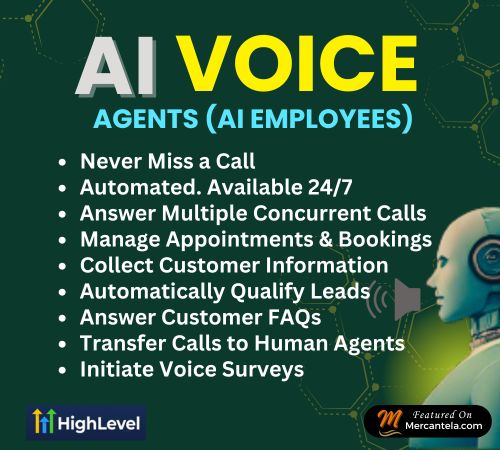AI VIRTUAL ASSISTANTS
AI Virtual Assistants Definition:
AI Virtual Assistants are software-based systems powered by artificial intelligence (AI) that are designed to assist users in performing tasks, answering questions, and providing information through conversational interfaces.
These assistants leverage technologies such as natural language processing (NLP), machine learning, and voice recognition to interact with users in a human-like manner. Unlike human virtual assistants, AI Virtual Assistants operate autonomously, automating routine tasks, offering personalized recommendations, and integrating with other digital services to enhance user productivity and convenience.
AI Powered Virtual Assistants : As technology advanced, AI virtual assistants emerged as more sophisticated versions of chatbots. Unlike simple chatbots, virtual assistants can handle more complex tasks, understand context, and engage in more natural, fluid conversations.
Examples include Apple’s Siri, Amazon‘s Alexa, Google Assistant, and Microsoft’s Cortana. These assistants can perform tasks such as setting reminders, sending messages, controlling smart home devices, and even offering personalized recommendations based on user behavior.
Key Characteristics of Virtual Assistants:
- Natural Language Understanding (NLU) : Virtual assistants can interpret and respond to human language in a way that feels intuitive and conversational.
- Task Automation : They can automate routine tasks, such as scheduling meetings, sending emails, or managing to-do lists.
- Personalization : Many virtual assistants learn from user interactions to provide more personalized and relevant responses over time.
- Integration with Other Services : Virtual assistants often integrate with third-party apps and services, allowing them to perform a wide range of functions, from ordering groceries to booking travel.
In summary, virtual assistants represent a significant leap forward from early chatbots, offering more intelligent, flexible, and user-friendly interactions. They serve as a bridge between simpler automated systems and the more advanced AI agents that are now emerging in various industries.
Disclaimer: The information provided in this article is for general informational purposes only and is not intended to be a substitute for professional advice or consultation. While we strive to ensure the accuracy and reliability of the content, we make no representations or warranties of any kind, express or implied, about the completeness, accuracy, reliability, suitability, or availability of the information contained herein. Any reliance you place on such information is strictly at your own risk.
Affiliate Disclosure: This article may contain affiliate links. If you click on one of these links and make a purchase, we may earn a commission at no additional cost to you. This helps support our work and allows us to continue creating valuable content for our readers.



